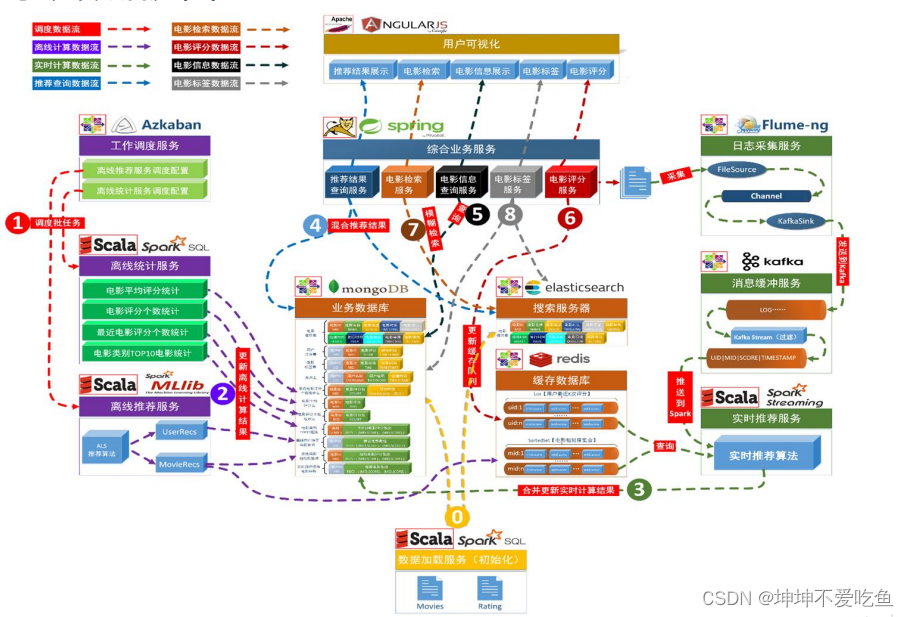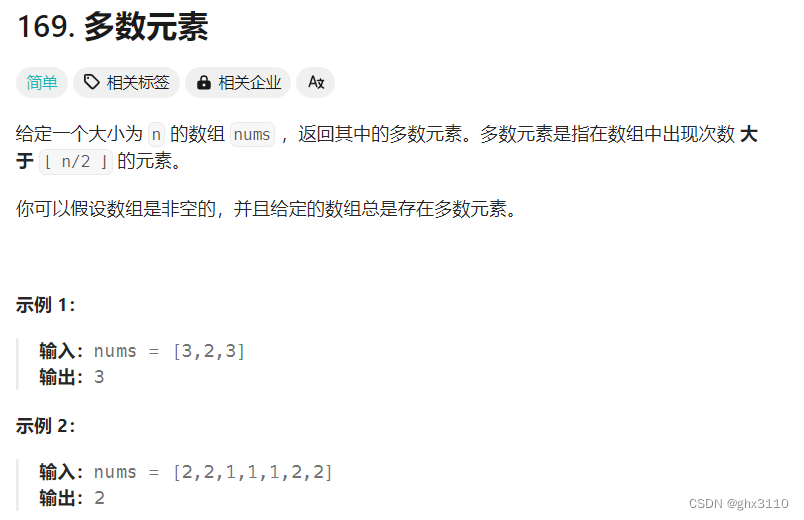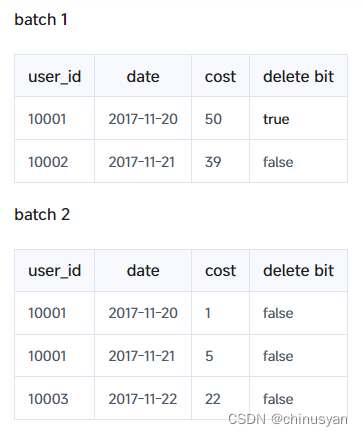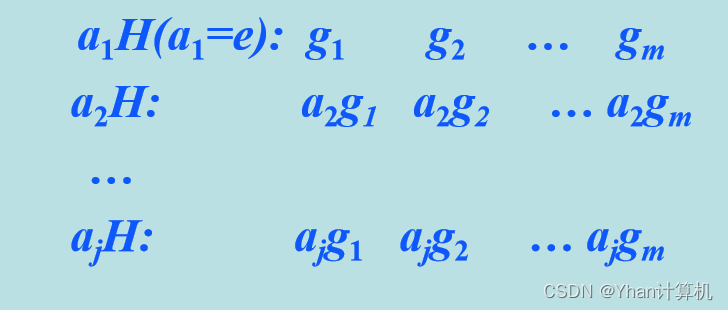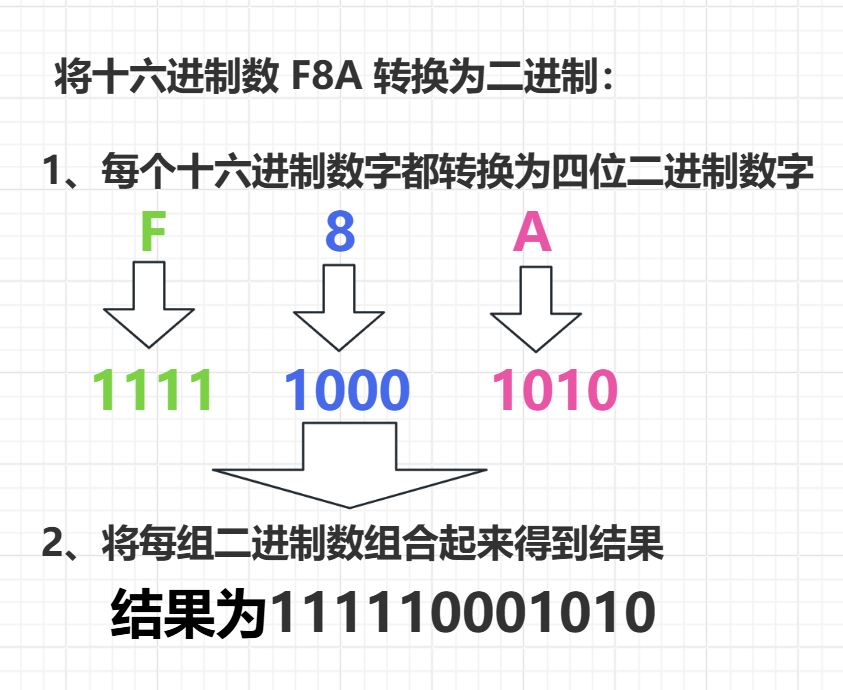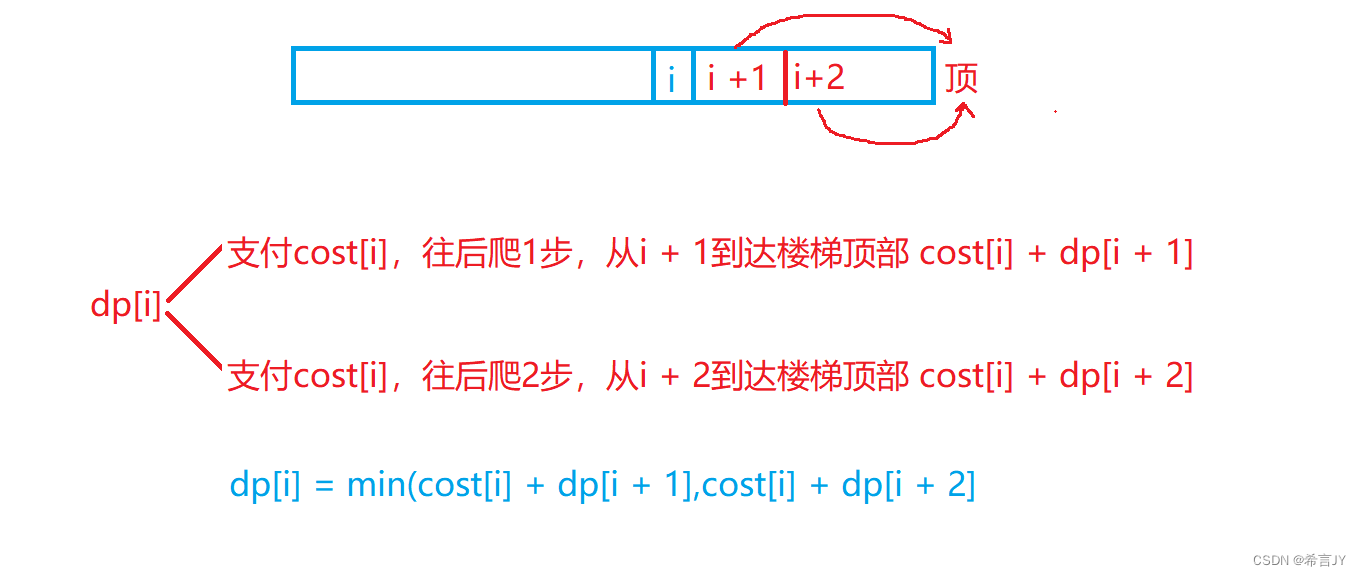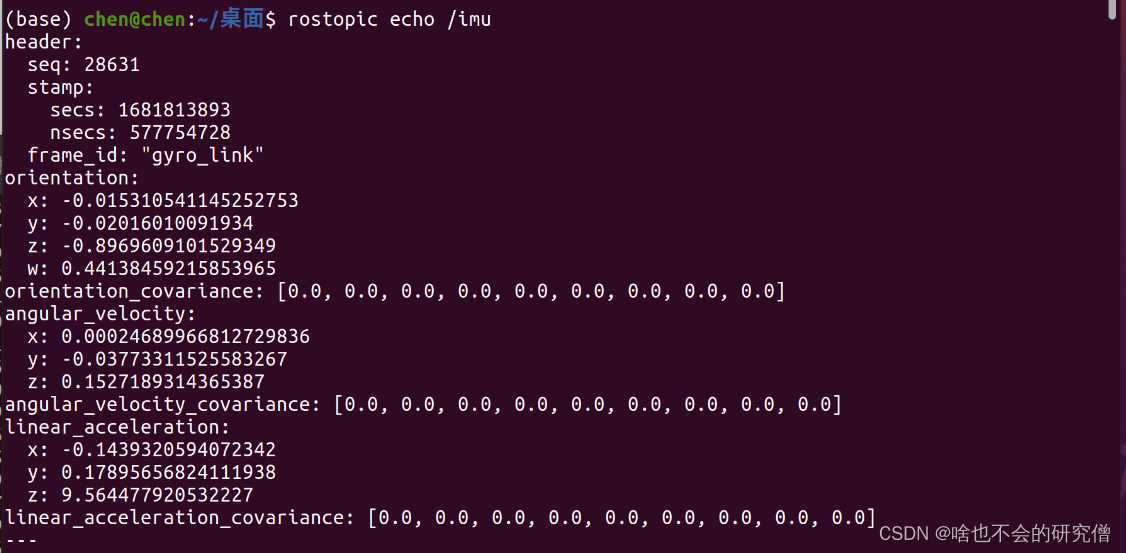chatglm3介绍
ChatGLM3-6B 是 ChatGLM 系列最新一代的开源模型,在保留了前两代模型对话流畅、部署门槛低等众多优秀特性的基础上,ChatGLM3-6B 引入了如下特性:
更强大的基础模型: ChatGLM3-6B 的基础模型 ChatGLM3-6B-Base 采用了更多样的训练数据、更充分的训练步数和更合理的训练策略。在语义、数学、推理、代码、知识等不同角度的数据集上测评显示,ChatGLM3-6B-Base 具有在 10B 以下的预训练模型中最强的性能。
更完整的功能支持: ChatGLM3-6B 采用了全新设计的 Prompt 格式,除正常的多轮对话外。同时原生支持工具调用(Function Call)、代码执行(Code Interpreter)和 Agent 任务等复杂场景。
更全面的开源序列: 除了对话模型 ChatGLM3-6B 外,还开源了基础模型 ChatGLM-6B-Base、长文本对话模型 ChatGLM3-6B-32K。以上所有权重对学术研究完全开放,在填写问卷进行登记后亦允许免费商业使用。
chatglm3调优
所有的调优的方式, 均参照了chatglm的官方手册:
需要至少准备拿没有足够的显存只能进行的lora 模型的调优
- SFT 全量微调: 4张显卡平均分配,每张显卡占用 48346MiB 显存。
- P-TuningV2 微调: 1张显卡,占用 18426MiB 显存。
- LORA 微调: 1张显卡,占用 14082MiB 显存。
lora是使用一张3060ti的显卡就能进行
P-tuningV2 需要12G以上的显卡,建议是3080ti及以上
环境搭建:
使用了推荐的conda的方式,进行了依赖的安装
conda create -n chatglm python=3.10
conda activate chatglm3
pip install -r requirementss.txt
问题和修正
出现的问题点如下:
问题一:
import mpi4py 直接导入不报错
from mpi4py import MPI出现报错ImportError: libmpi.so.40: cannot open shared object file: No such file or directory
网上找了好久的方法,试了很多都不行
最后在这里找到了解决办法,在终端下载openmpi就可以了:
conda install -c conda-forge openmpi=4.1.2
问题二:
The Open MPI wrapper compiler was unable to find the specified compilerx86_64-conda-linux-gnu-cc in your PATH.
解决方案
conda install gxx_linux-64 gcc_linux-64
数据准备
这里以 AdvertiseGen 数据集为例, 您可以从 Google Drive 或者 Tsinghua Cloud 下载 AdvertiseGen 数据集。 将解压后的 AdvertiseGen 目录放到 data 目录下并自行转换为如下格式数据集。
数据转换脚本内容如下:
import jsondef transform_data(input_file_path, output_file_path):datas = []# Read the content of the filewith open(input_file_path, 'r', encoding='utf-8') as file:for line in file:conversations = []if line.strip(): # Check if line is not empty# Parse the JSON stringitem = json.loads(line)# Add user and assistant messagesuser_message = {"role": "user","content": item["content"]}assistant_message = {"role": "assistant","content": item["summary"]}# Append to conversations listconversations.extend([user_message, assistant_message])# Prepare the output structuredatas.append({"conversations": conversations})# Write the output to a new filewith open(output_file_path, 'w', encoding='utf-8') as out_file:json.dump(datas, out_file, ensure_ascii=False, indent=2)# Define the input and output file paths
input_file_path = 'data/AdvertiseGen_back/dev.json' # Update this path
output_file_path = 'data/AdvertiseGen/formatted_data_dev.json' # Update this path# Call the function to transform the data
transform_data(input_file_path, output_file_path)print("Data transformation complete. The formatted data is saved to", output_file_path)
通过上面的脚本,把里面的内容汇总成可以用来进行训练的数据,转换完成之后将数据copy到data下面的AdvertiseGen 目录下面
调优
调优直接参照命令:
lora 方式
通过以下代码执行 单机多卡/多机多卡 运行,这是使用 deepspeed 作为加速方案的,您需要安装 deepspeed。
cd finetune_demo
OMP_NUM_THREADS=1 torchrun --standalone --nnodes=1 --nproc_per_node=8 finetune_hf.py data/AdvertiseGen/ THUDM/chatglm3-6b configs/lora.yaml
通过以下代码执行 单机单卡 运行。
cd finetune_demo
python finetune_hf.py data/AdvertiseGen/ THUDM/chatglm3-6b configs/lora.yaml
训练过程中是可以按照step继续的,具体参照官方的文档
P tunV2方式
和lora的不同,也就是把lora修改为ptun就行了
cd finetune_demo
python finetune_hf.py data/AdvertiseGen/ THUDM/chatglm3-6b configs/ptuning_v2.yaml
SFT 方式
24G显存跑不起来, 放弃了
测试ptuning_v2.yaml
在 inference_hf.py 中验证微调后的模型
可以在 finetune_demo/inference_hf.py 中使用我们的微调后的模型,仅需要一行代码就能简单的进行测试。
这里tunning出来的内容被存储在了output目录里面
python inference_hf.py your_finetune_path --prompt your prompt
测试代码如下
python inference_hf.py output/checkpoint-3000 --prompt "类型#裙*版型#显瘦*材质#网纱*风格#性感*裙型#百褶*裙下摆#压褶*裙长#连衣裙*裙衣门襟#拉链*裙衣门襟#套头*裙款式#拼接*裙款式#拉链*裙款式#木耳边*裙款式#抽褶*裙款式#不规则"
测试结果如下:

参考链接
https://github.com/THUDM/ChatGLM3/blob/main/finetune_demo/README.md





